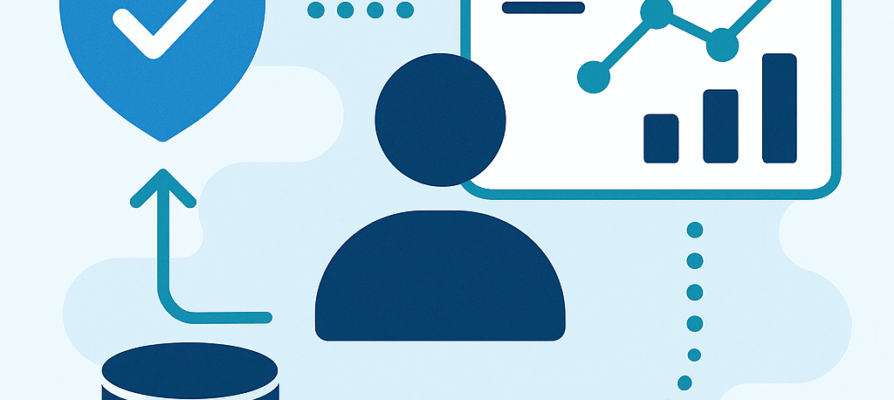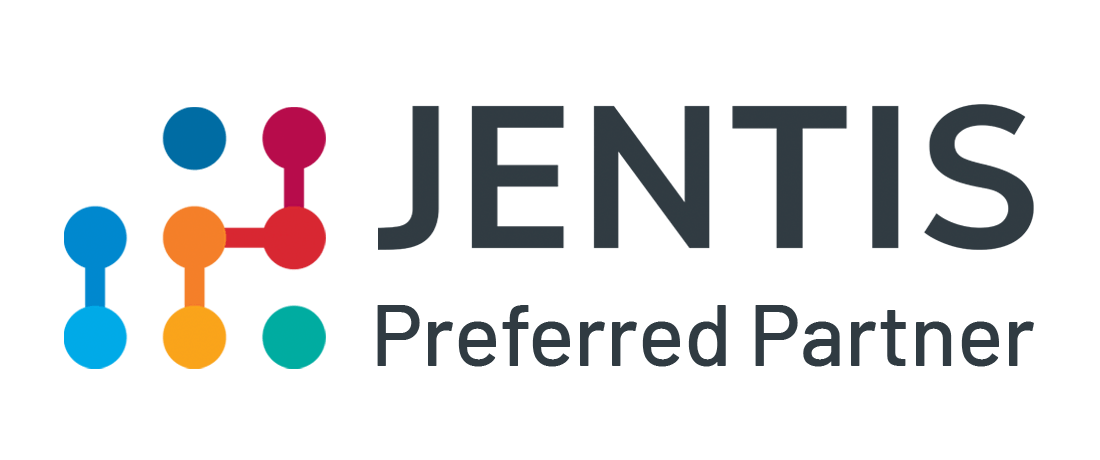Customer data and data on potential customers are important in marketing to measure and optimize marketing activities and, of course, to address the relevant target groups. However, data collection is increasingly restricted by data protection regulations. For this reason, first-party data is so important and currently a hot topic.
First-Party-Data, Zero-Party-Data or Third-Party-Data?
Put simply, first-party data is the data generated directly within a company, for example through newsletter subscriptions, contact inquiries, or transactions.
If the data comes from external sources that provide information about customers who were previously unknown, this is referred to as third-party data. This can include, for instance, purchased data from data providers.
Nowadays, people also talk about zero-party data and second-party data.
Zero-party data refers to data that customers knowingly and willingly share with your company. Examples include qualitative surveys about a product or an order, where customers are aware that the data they actively provide will be used internally.
Second-party data arises from a data partnership or collaboration, where data is shared by mutual agreement. An example of this would be customer data platforms such as Tealium or Segment.
We will answer three questions below:
- What is First-Party-Data?
- Why is First-Party-Data important?
- How can your company develop a First-Party-Data strategy?
What is First-Party-Data?
In this article, we focus on first-party data in the context of collecting your own data, where the control over data collection lies within your own technical environment.
It’s important to understand that even the collection of your own data often happens with the help of third-party providers. Companies use tools like Google Analytics, Matomo, Piano Analytics, or other analytics tools to collect and analyze their web and app data. However, if these third-party tools such as Google Analytics or Facebook Ads are implemented in the traditional way (“client-side”), you no longer have full control over the data.
From a technical perspective, though, it is possible to transform this data collection from third-party into first-party!
With client-side tracking, you collect data exactly as the provider specifies without being able to influence the process in detail. For example, Google decides which data is collected, how it is processed, and which settings you are allowed to change. In other words: your options are limited, and you are bound by the provider’s rules.
A helpful metaphor: client-side tracking is like a ready-made meal. You can heat it in the microwave and maybe add some seasoning, but the ingredients, preparation, and nutritional value have already been determined. By contrast, with a first-party approach, you’re the one cooking: you decide which ingredients to use, their quality, and how the final dish will taste.
You keep control of the data by not relying solely on the standard packages of third-party providers, but instead by using technologies such as server-side tracking. This way, the data first flows into your own infrastructure before being passed on to external platforms like Google or Meta. You decide which data is collected, stored, and forwarded. Thus regaining the transparency, flexibility, and independence that are crucial for sustainable, data-driven marketing.
Why is First-Party-Data important?
Third-party data comes with numerous disadvantages in practice. On the one hand, awareness of data protection has increased significantly in recent years. At the same time, regulatory requirements such as DSG, GDPR, or ePrivacy are being enforced more consistently and violations can lead to heavy fines. First-party data, which remain entirely under your control, meet these requirements much more effectively. We have written a dedicated article on data protection as an opportunity.
On the other hand, browsers like Safari or Firefox significantly restrict the use of third-party technologies. This distorts analytics and makes marketing campaigns more difficult.
First-party data, however, are less or not at all affected by these restrictions, since their technical integration is understood as a natural part of the app or website.
Another advantage: you become more independent from third-party providers and their black-box systems. With first-party data, flexible data pipelines can be built that open up a wide range of possibilities for business intelligence, advertising, or content marketing. Your own BI tool powered by first-party data is more accurate and therefore more insightful than the limited reports provided by large platforms.
How can your company develop a First-Party-Data strategy?
The first step is to assess the status quo: how are data currently collected and analyzed in your company? This assessment should not only take place within your own department but across the entire organization. After all, building a first-party data strategy is an opportunity to break down existing data silos and lay the foundation for a data strategy that enables consistent use of data by all stakeholders.
The technical solution for collecting first-party data with third-party tools is, as described above, server-side tracking.
Many of our clients use the SaaS solution JENTIS for server-side tracking, as it offers a complete package, from hosting to consent management to tag management.
Others prefer more cost-effective options like Stape, which is based on Google Server-Side Tracking. Providers such as Fusedeck or Tracklution have also proven effective in practice.
The key factor is that the solution supports the core requirements of your first-party strategy: data control, data protection options, and integration with relevant platforms such as Google or Meta. The higher data quality is a side effect of the technology and does not require extensive planning.
The final step is migrating to the new first-party data infrastructure. A gradual approach is recommended, ensuring comparability with the existing system is maintained.
It’s advisable to run the current client-side setup in parallel with the new server-side setup. For example, our clients use Google Ads Secondary Conversions for their server-side setup and compare them with the Primary Conversion numbers from the client-side setup. This way, you can already present initial reports in stakeholder meetings after a short time and back up the benefits of the first-party data strategy with concrete figures. Once the data aligns, the switch is made.
Summary
A first-party data strategy is the foundation for future-proof, data-driven marketing. It ensures compliance with data protection requirements, provides independence from third-party providers, and allows you to leverage more accurate data for business intelligence and marketing with higher data quality.
The path to a first-party data strategy requires a thorough assessment, the selection of a suitable platform, and a well-considered migration plan. Taking these steps lays the groundwork for sustainable marketing performance.









